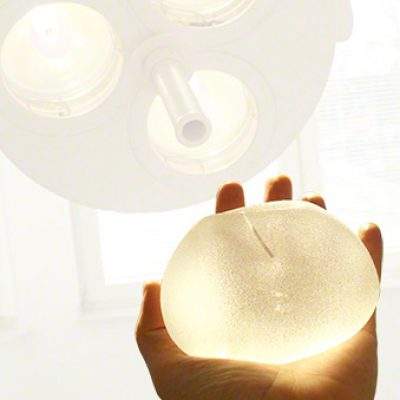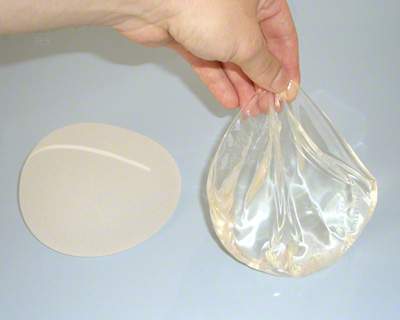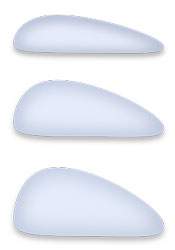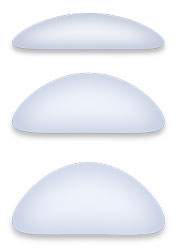Silicone breast implants are used for most breast augmentations in plastic surgery throughout Europe.
Saline implants are rarely used by plastic surgeons due to their irregular shape and poor scanning results. Soybean oil implants were already suspected of being carcinogenic at the end of the 1990s and had to be removed again due to the associated risks (implant replacement).
On this page, our Yuveo team – Dr. Schumann and Dr. Schumann-Averkiou – have compiled information for you to show you the safety of the implants used. Although we are talking about breast implants here, this also applies to butt, calf, face, chin and cheek implants.
Contents
Yuveo Clinic
Brustimplante: Treatments
You should know the following about treatment with implants or alternatives.
Frequently asked questions about breast implants
What is silicone?
Silicone is used in medicine for drains, implants (not just breast implants) and for the care of instruments.
In the past, it has been suspected of promoting breast cancer and rheumatic diseases or autoimmune diseases due to possible risks and complications.
This led to large-scale studies, particularly in the USA, which were able to refute these allegations. It is now one of the best-studied materials in medicine. It is considered a safe material.
Are breast implants made of silicone?
Image: Silicone implant compared to an old implant
The days of thin-walled and smooth implants with a honey-like filling and a durability of approx. 10-12 years are a thing of the past.
Today’s implants, which are used in breast augmentation procedures – also here in Düsseldorf – consist of a leak-proof (cohesive) silicone gel. Even if the implant were to be damaged, there would be no risk of leakage. The modern breast implants have a high degree of stability as their shell consists of 8 layers. Their rough surface reduces the risk of capsular fibrosis (hardening of the body’s normal shell that forms around implants).
The leading manufacturers are very confident in their implants and guarantee their stability for life.
What forms are breast implants available in?
In the meantime, the range of breast implants has improved significantly. They are available in different widths, heights and depths – so size and shape are variable.
At the Düsseldorf clinic, we have many options for adapting the implant to the anatomical conditions and the patient’s wishes.
There are also round and teardrop-shaped implants (also known as anatomical implants).
If the breast implants are positioned over the pectoral muscle, the anatomical shape of the implant is often advantageous so that there is no unnatural protrusion under the skin in the upper pole in the cleavage area. However, this also depends on the patient’s wishes and the thickness of the skin-fat layer.
The breast implants are available in longitudinal and transverse oval shapes for women with narrow or wide chests.
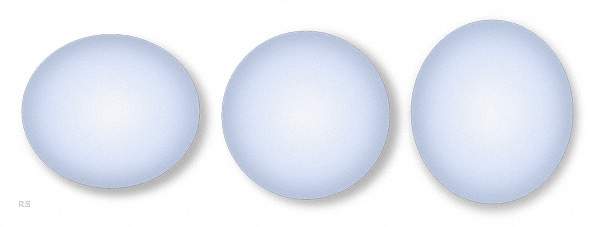 Implants for breast augmentation are available in different heights. Plastic surgeons refer to this as projection. Here you can see teardrop-shaped (anatomical) and round breast implants in different heights. A woman who has extremely small breasts may require a breast implant with a higher projection. For a woman who wants a breast augmentation from e.g. C to D, the flatter variants would be more suitable.
Implants for breast augmentation are available in different heights. Plastic surgeons refer to this as projection. Here you can see teardrop-shaped (anatomical) and round breast implants in different heights. A woman who has extremely small breasts may require a breast implant with a higher projection. For a woman who wants a breast augmentation from e.g. C to D, the flatter variants would be more suitable.
We coordinate this individually with you, because you have to like the shape and size so that you feel comfortable with the result.
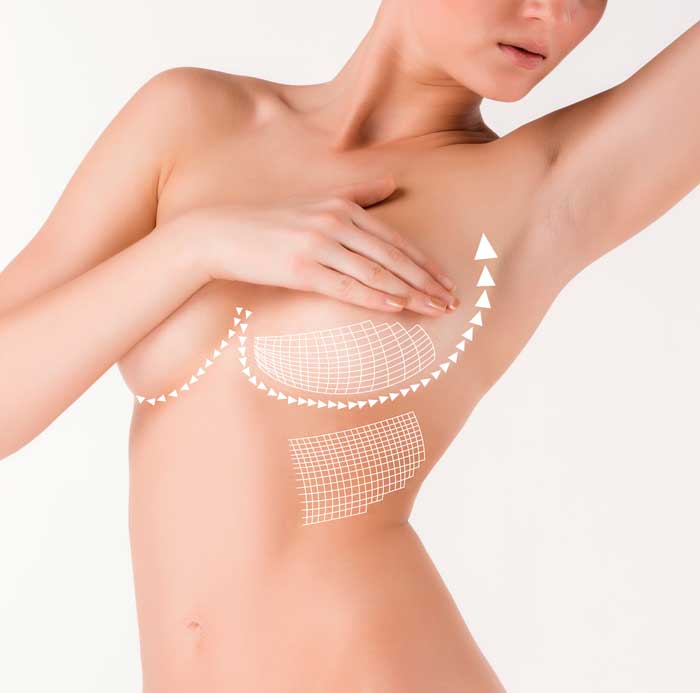
Scientific studies on the topic of breast implants
- June 1999: National Academy Institute of Medicine; Conclusion: Connective tissue diseases, cancer, neurological diseases and other systemic complaints are not more common in women with silicone implants than in women without silicone implants.
- 1998: Sturrock R.D., FRCP, Independent Review Group (IRG); Conclusion: There is no association between silicone implants and connective tissue diseases …
- 1998: European Committee on Quality Assurance and Medical Devices in Plastic Surgery; Conclusion: Autoimmune or connective tissue diseases are not associated with breast implants. Furthermore, it is pointed out that current studies refute malignant degeneration caused by silicone implants.
- 1992: Berkel et al. and 1992 Deapen and Brody; Conclusion: These two large studies showed that women who had silicone breast implants actually had a significantly lower risk of developing breast cancer than women without these implants. (Read more here.)
